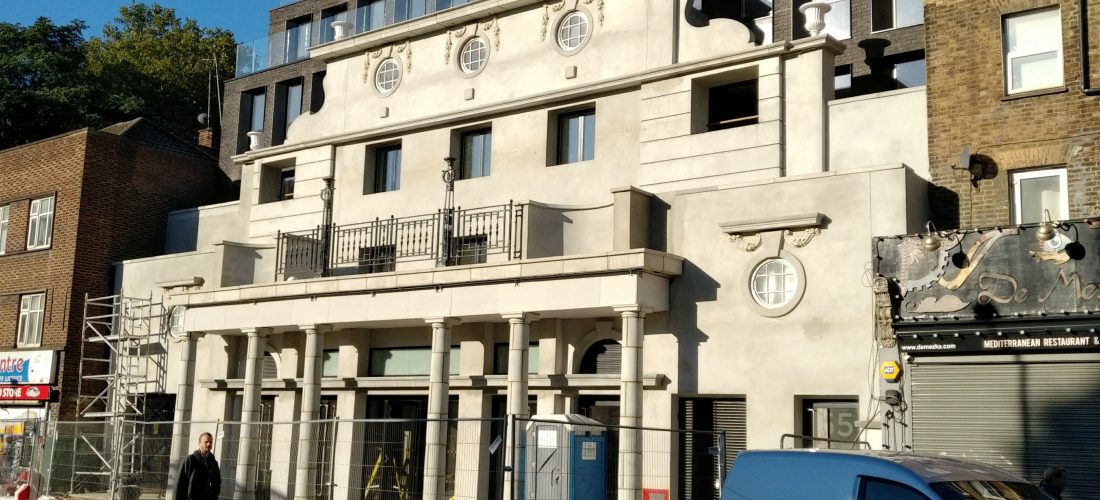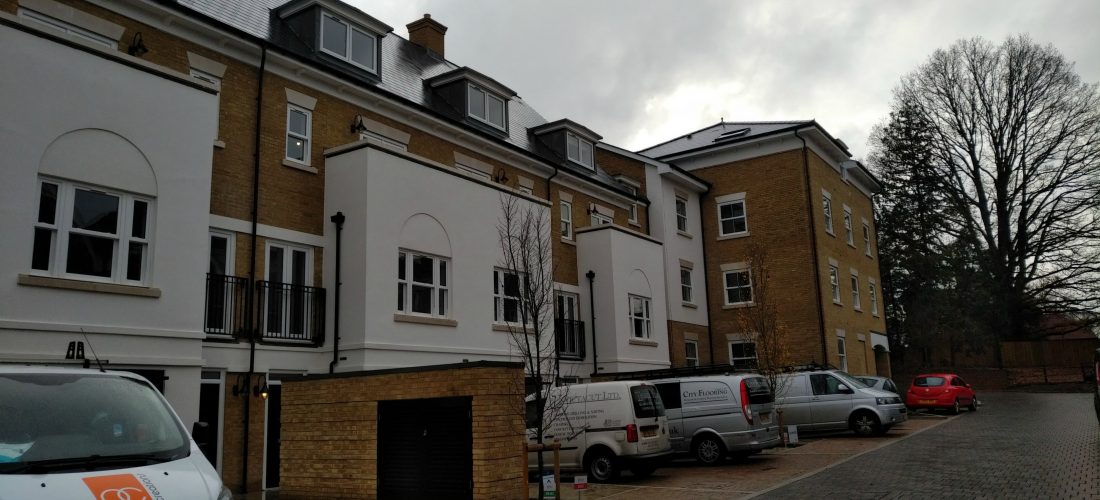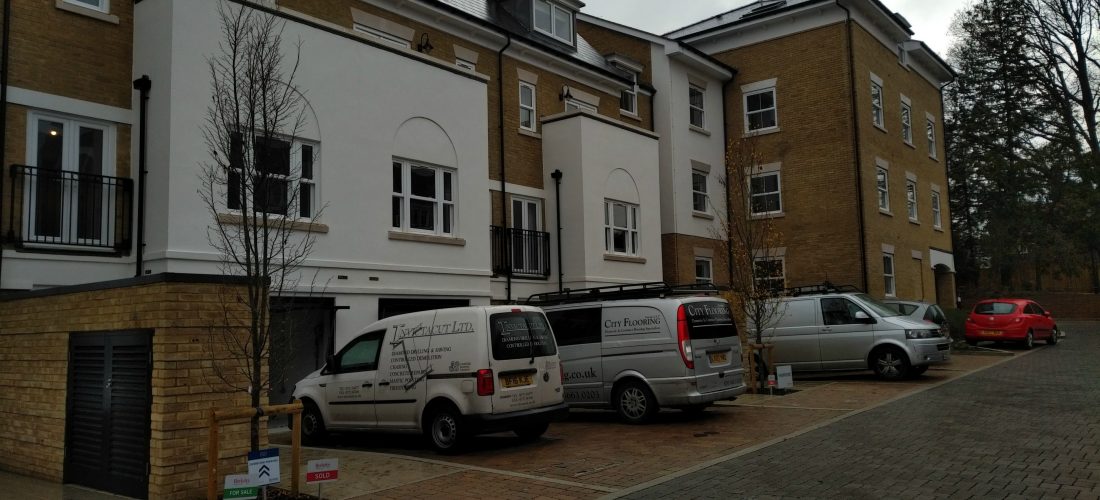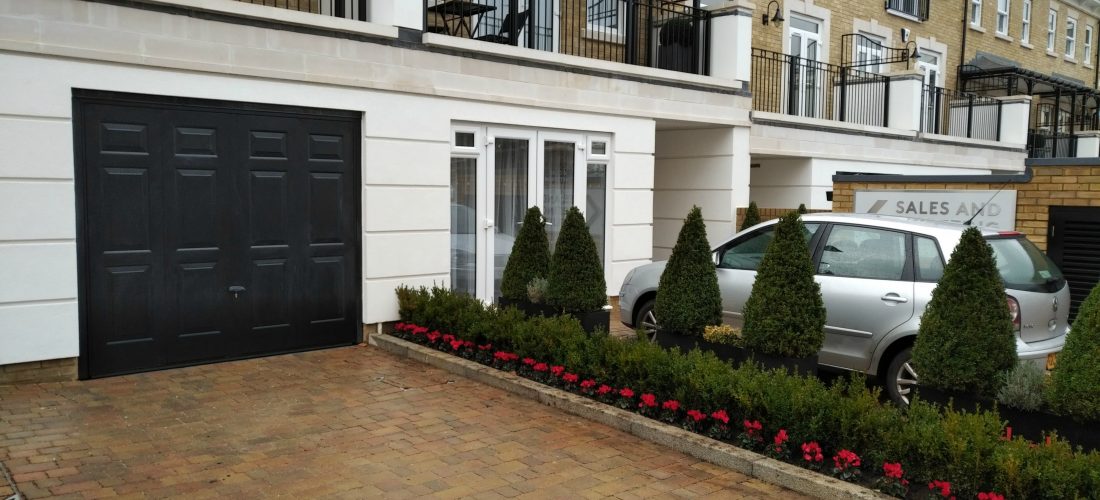



Monorex
We offer the rendering service that involves the use of Monorex and key features of this rendering service are:
- external surfaces composed of concrete blocks, clay bricks and lightweight AAC blocks ( AAC meaning autoclaved cellular concrete
- a more environmentally friendly construction material compared to other forms of cement
- a single coat, breathable, waterproof and decorative colour render
- waterproof component of render prevents water reaching substrate during rainfall
- convenience due to its ability to be applied by hand for small scale repairs
- non-toxic in normal conditions and in fire conditions
Practical aspects of monorex rendering
Prior to applying monorex render to the chosen surface to be rendered (this surface being bricks or blocks and called the substrate), the substrate is checked to see if it has suffered erosion from frost, salts or other chemicals in the environment. If bricks or blocks are found to sustain damage larger than a hole and/or a joint gap between the blocks/bricks, the bricks/blocks are removed and any hole or damaged joint is refilled.
Once an even surface has been achieved, the monorex render is applied by a spray technique or manually by using the hand trowel until a monorex layer of 18-20 mm is present on top of the substrate.
A layer of 2-3 mm is removed from the monorex layer by scraping and the rendered surface is allowed to set for 16 hours with a protective polyethylene sheet to prevent the render from rapid loss of water through evaporation (see pic below).
Once the render has been allowed to properly dry, the rendered surface is scraped gently in small, circular motions using a scraping tool. The rendered surface is scraped until a maximum of 3 mm of render has been scraped from the surface. Note that the minimum depth for a rendered surface after scraping is to be 15 mm above the substrate. Finally, the rendered surface is gently brushed.
Getting an Estimate
We know that choosing the right company to do your rendering work for you can be quite a hassle. We therefore offer free estimates for all your commercial and private work. So give us a shot, we are sure that you will be pleased with the quote we give you.
![]() K Rend approved
K Rend approved
![]()
![]()
![]()
![]()
![]()
![]()
![]()
![]()
![]()
![]()
![]()
![]()
![]()
![]()
![]()
![]()
![]()
![]()
![]()
![]()
![]()
![]()
![]()
![]()